Cartier Crash Watches: Unique Designs Compared to Which Luxury Brands?
In a concise one-hour meeting, Sylvain Berneron, the former Chief Design Director of Breitling, unveiled to me the latest iterations of his iconic creation, Mirage: a stunning blue lapis lazuli and a vibrant yellow tiger’s eye. The design now comes in a more compact size, offering an elegant refinement.

Over the past 16 years, Berneron has poured his heart into his work, first commanding a lucrative role at a prestigious car company before transitioning into watch design at IWC and Breitling. Though not a watchmaker by trade, he is a visionary designer, and this time, he has pushed his masterpiece, Mirage, to its absolute limits.
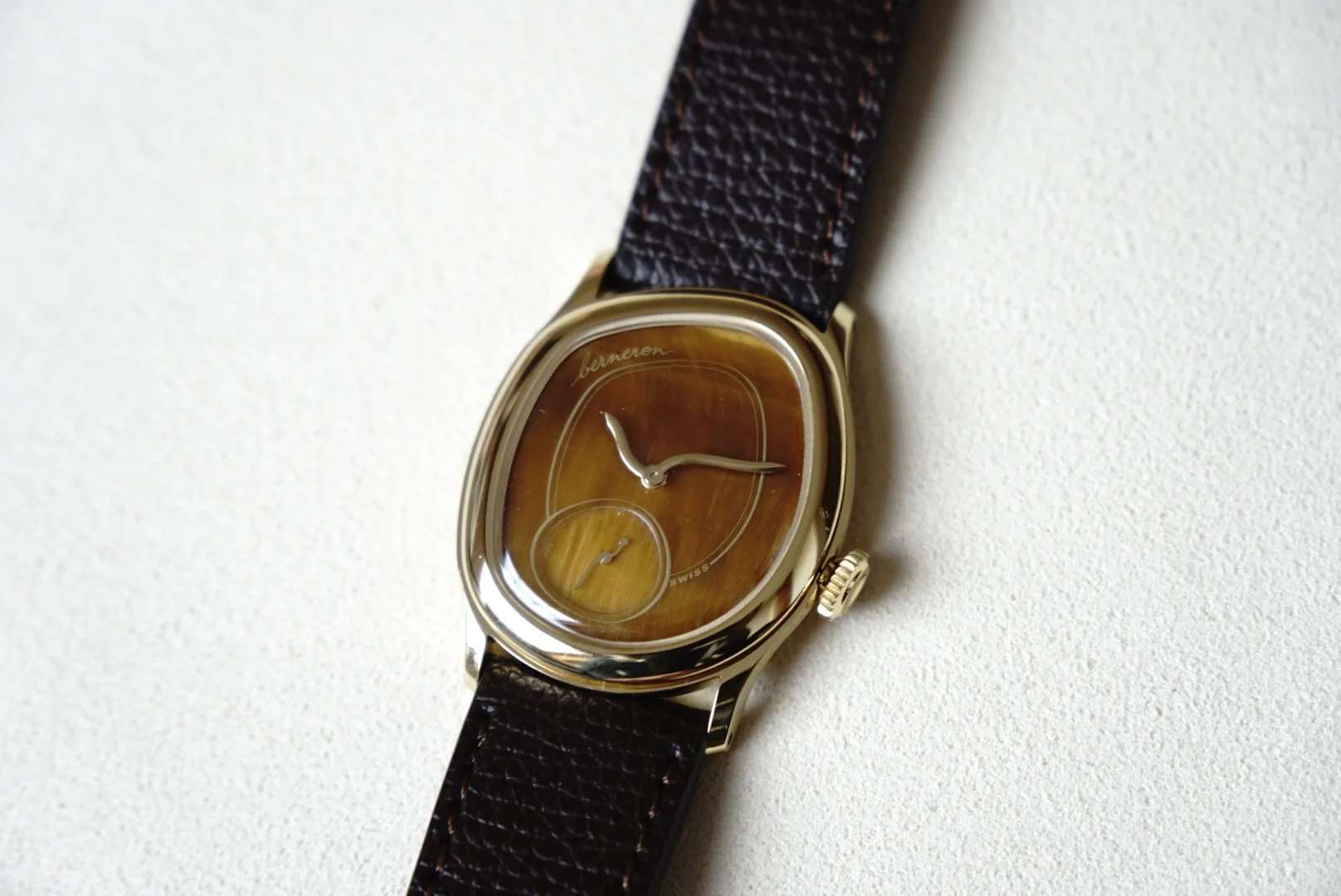
This intricate design has exponentially increased the complexity—and cost—of crafting these watches. For instance, how does one position the hour and minute hands? Berneron ingeniously employed an inverted mechanism to optimize space, with every dimension meticulously tailored, breaking free from the conventional arrangement of the gear train.

The true challenge lies in harmonizing aesthetic allure with wearing comfort—a delicate balance that naturally drives the price upward, though still under 500,000 RMB. With an annual production limited to approximately 20 pieces, the waiting list is already impressively long.
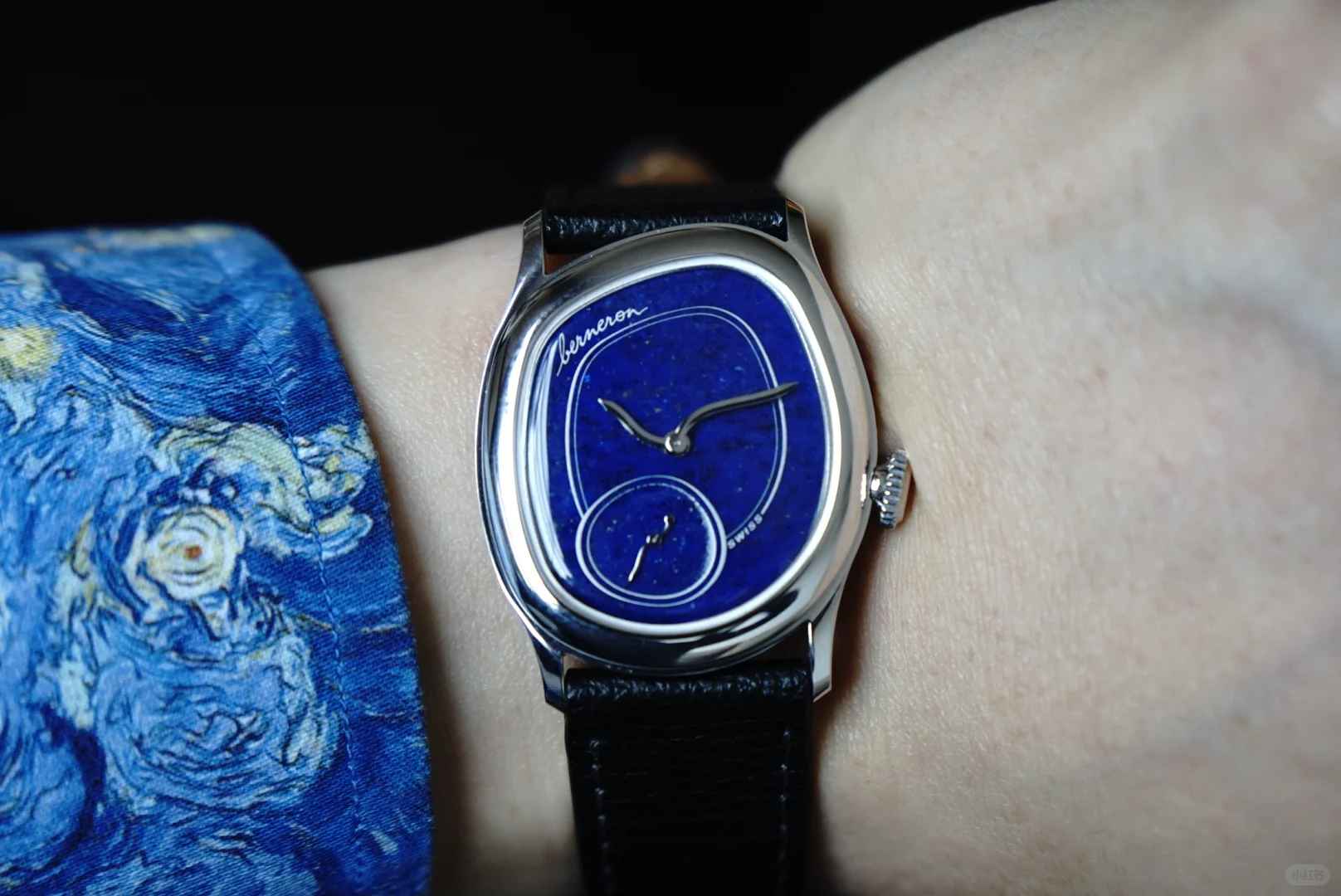
I was fortunate enough to catch a glimpse of the new perpetual calendar model, which left a profound impression on me.
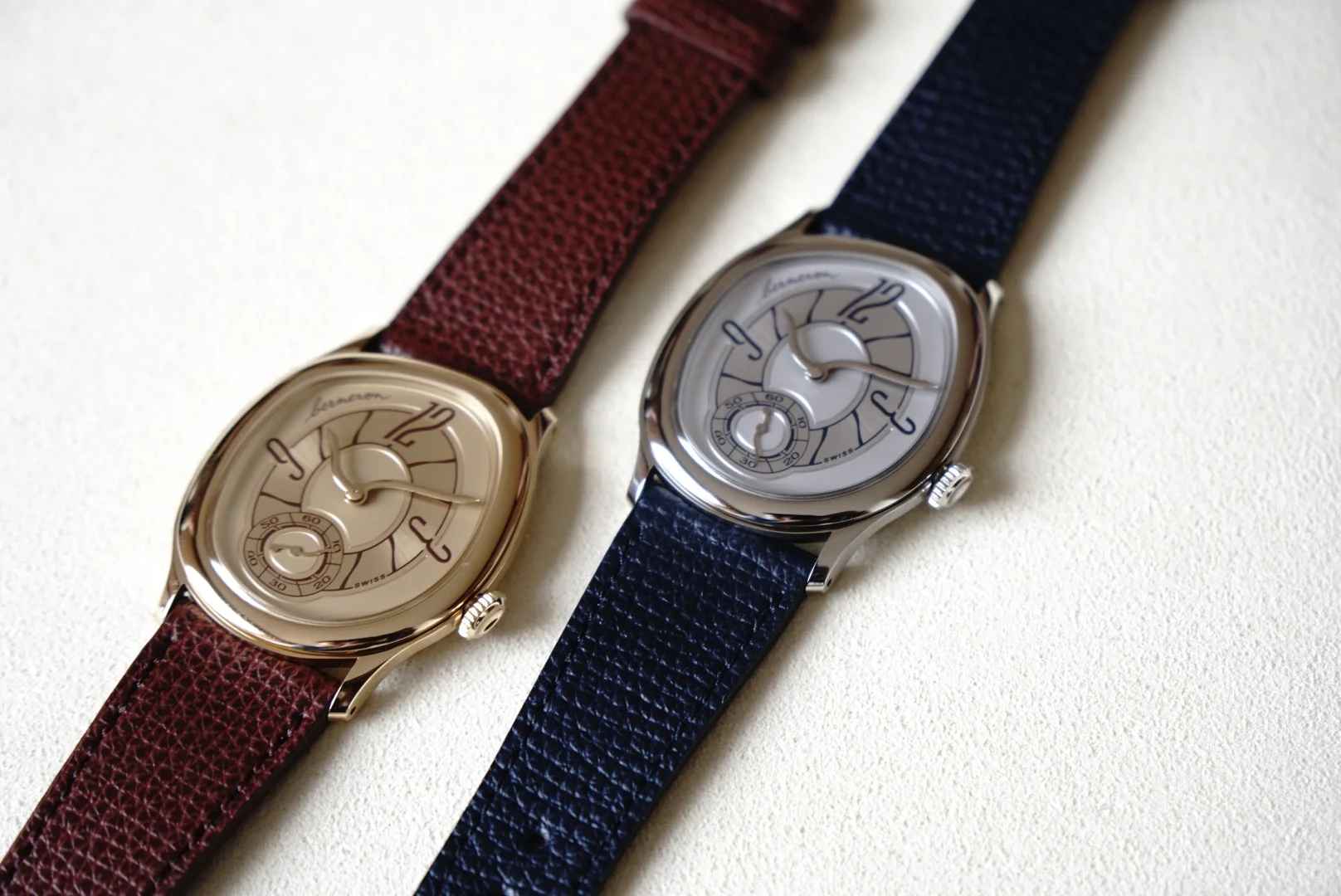
The final two photos showcase the earlier versions of Mirage, paying homage to their legacy.
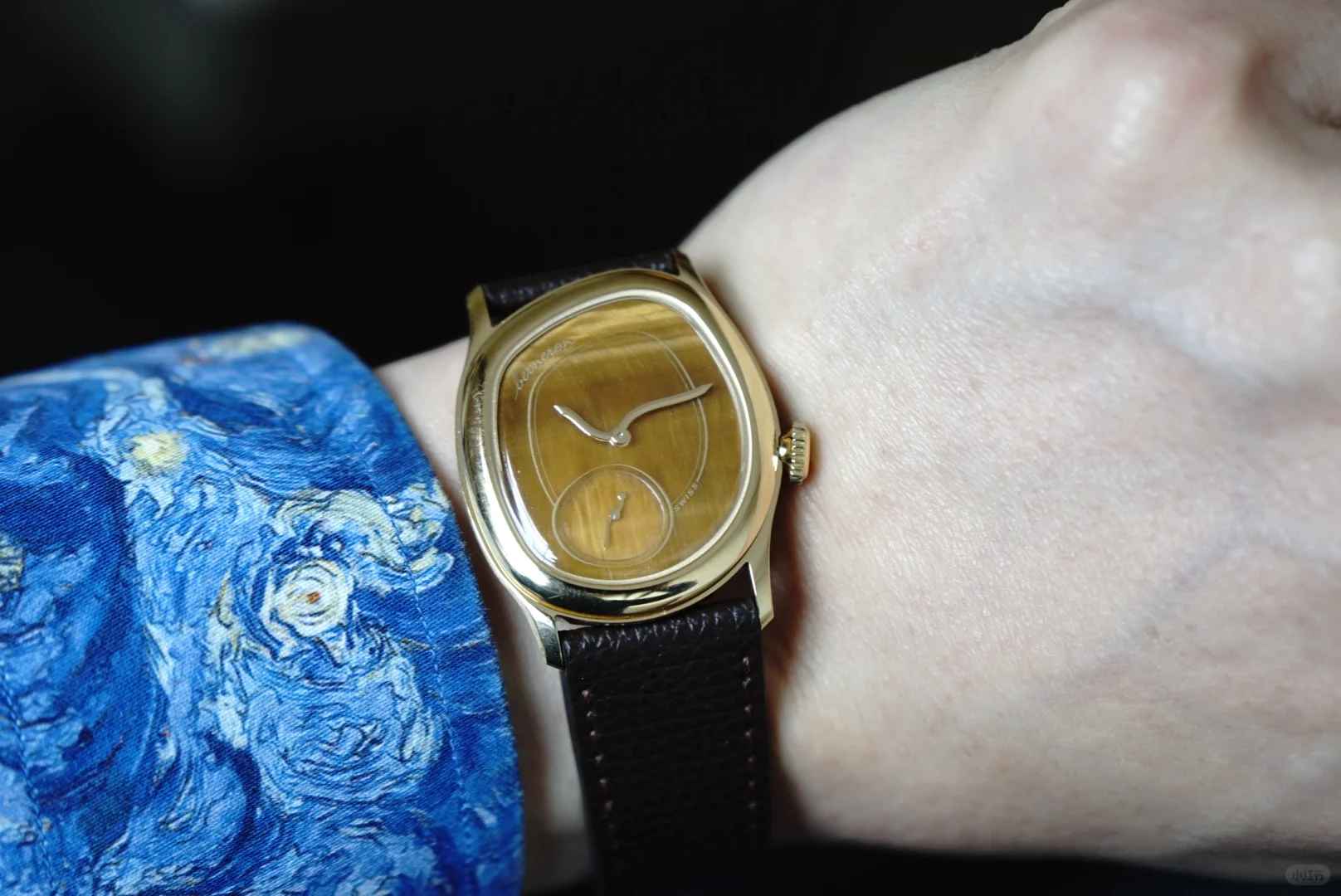
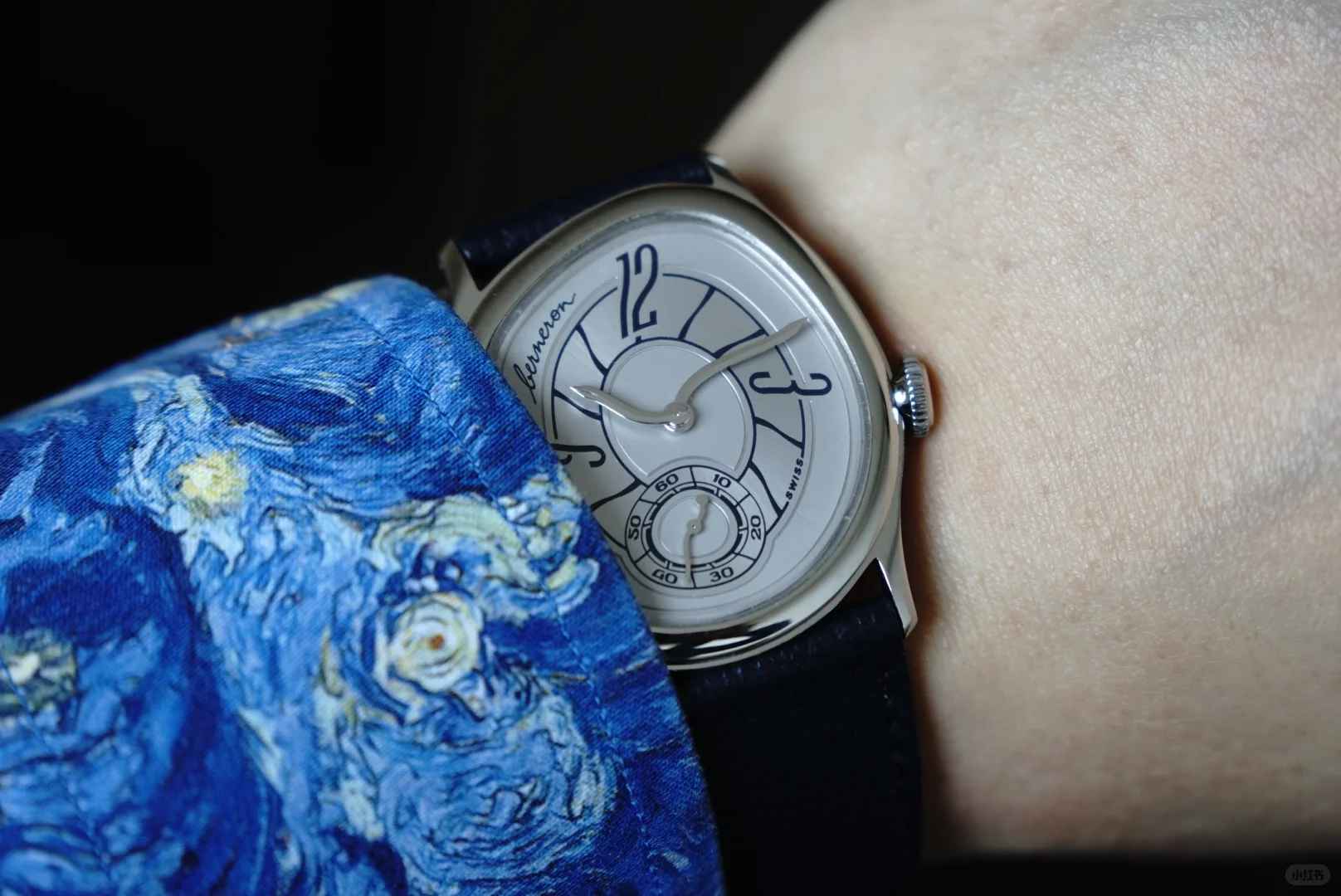
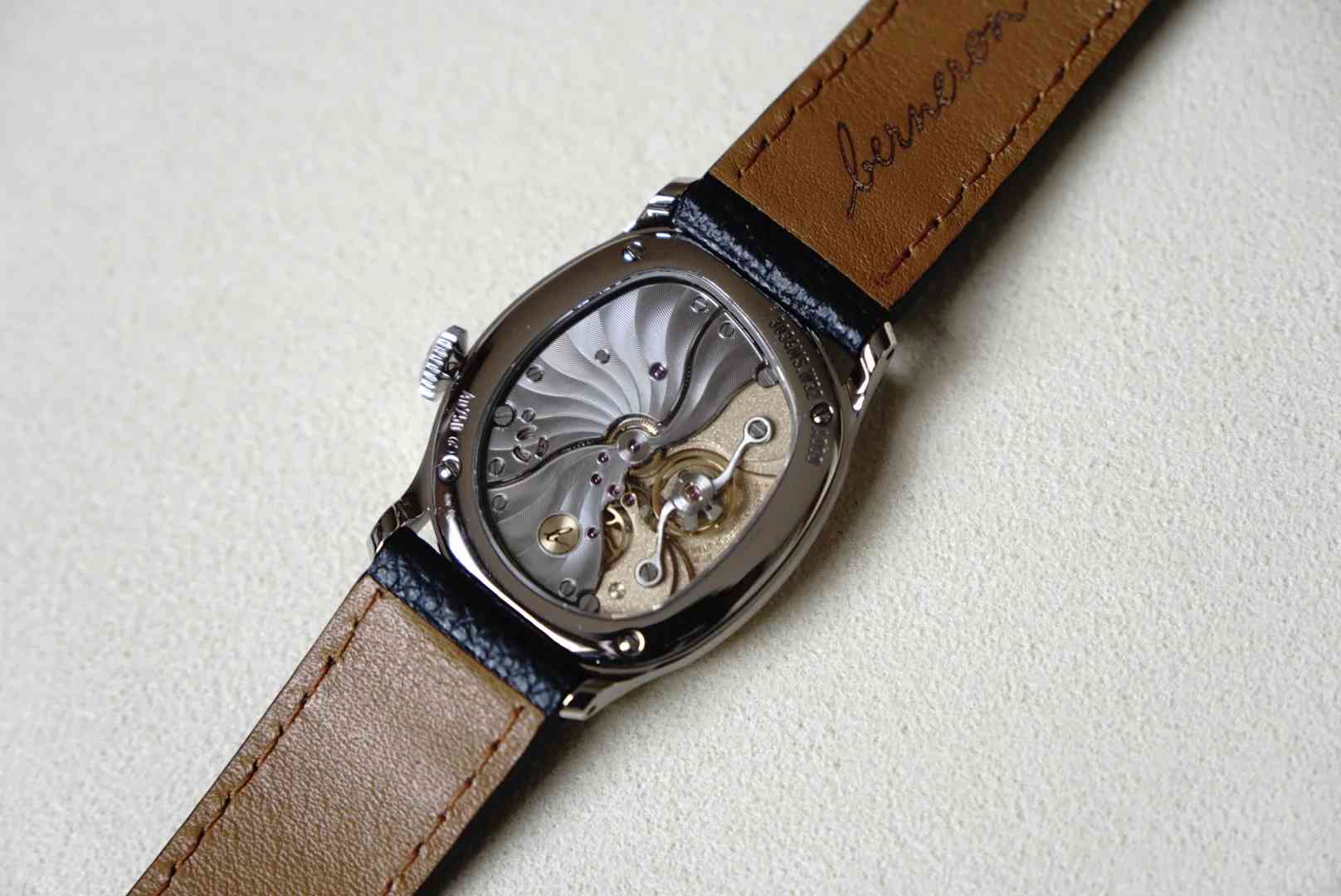
The Cartier Crash really stands out with its bold, unconventional shape—it’s refreshing to see such daring designs in luxury watches. Berneron’s work with Mirage sounds fascinating, especially the shift to a more compact size while keeping that striking gemstone aesthetic. Makes me wonder how other brands like Rolex or Patek would approach something so avant-garde.
The Cartier Crash really stands out with its bold, unconventional shape—it’s refreshing to see such creativity in luxury watches. Berneron’s work at Breitling and IWC shows how diverse watch design can be, but Cartier’s approach feels uniquely artistic. That lapis lazuli version sounds absolutely stunning!
The Cartier Crash really stands out with its bold, unconventional shape—it’s refreshing to see such creativity in luxury watches. Berneron’s work with Mirage sounds equally impressive, especially the new compact versions. Makes me wonder how other brands like Rolex or Patek would approach such avant-garde designs.
The new Mirage designs sound absolutely stunning, especially that blue lapis lazuli version! It’s fascinating how Berneron transitioned from cars to watches and still maintains such bold creativity. Makes me wonder how Cartier’s Crash would stack up against these pieces in terms of avant-garde appeal.
Thanks for your enthusiastic comment! The Cartier Crash holds its own as a true avant-garde icon with its surrealist, melted-case aesthetic—it’s more about artistic disruption, whereas Berneron’s Mirage leans into bold material experimentation. Personally, I’d argue both are equally daring but in distinct ways. Love how you highlighted Berneron’s automotive roots too!
The Cartier Crash design is so distinct—it’s hard to compare it to anything else! Berneron’s work with Mirage sounds fascinating, especially the new lapis lazuli and tiger’s eye versions. I’d love to see how these bold materials translate into wearable art.
Thanks for your thoughtful comment! Berneron’s Mirage collection truly pushes boundaries with materials like lapis lazuli and tiger’s eye—it’s refreshing to see such bold experimentation in haute horlogerie. If you’re drawn to wearable art, you might also enjoy exploring pieces from Van Cleef & Arpels or MB&F, which blend unconventional designs with exquisite craftsmanship. I’d love to hear your thoughts if you do!
The Cartier Crash truly stands out with its bold, unconventional shape—it’s refreshing to see such daring designs in luxury watches. Berneron’s work at Breitling and IWC shows how versatile his talent is, but the Crash feels like it’s in a league of its own. That blue lapis lazuli version sounds absolutely stunning!